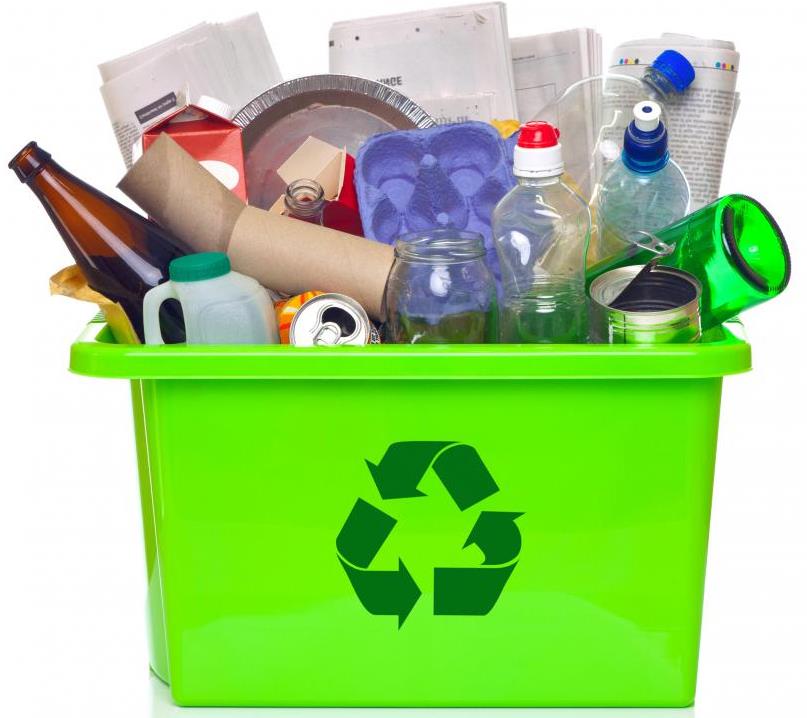By David Lee, Focus Label
For many years, paper became almost a dirty word in the world of commercial printing. Paper labels and packaging were seen as old fashioned, inflexible, difficult to recycle, unsustainable to produce (due to exploitative timber farming practices), and heavy in ink consumption.
As a result, paper substrates were replaced or supplemented by a range of plastic or metallic foils, or plasticised paper with a lower wood-pulp content. Printing presses were developed accordingly – to handle a range of foils and paper-free substrates.
However, as plastic becomes less and less popular with consumers (for almost precisely the reasons that paper once fell out of favour), a range of more sustainable packaging options is now essential for printing companies to offer to their clients.
Good for printing businesses and consumers
Recently in the printing trade, we have seen a big rise in demand for paper labels and ‘sustainable’ packaging, which are not only more appealing to consumers, but also lower-priced for businesses trying to make cutbacks. Paper substrates are also ideal for the high-speed, high-volume printing that flexographic presses excel at, providing an affordable and efficient printing method. As ecommerce sales continue to take over the marketplace, businesses need to be able to offer flexible-volume sustainable packaging runs in a variety of paper formats.
The rise of eco-friendly packaging
The return of paper doesn’t mean rewinding the clock to the 1990s. As more companies start to market themselves on their eco-friendly, ethical values, their packaging is under increasing scrutiny, so the companies who provide their printed goods have had to adapt. The range of eco-friendly substrates has rapidly increased due to consumer demand.
Recycled and recyclable substrates are being developed with innovative sustainable papers made from materials as diverse as hemp, coffee bean bags, post-consumer wood and cellulose fibres. Packaging is no longer just the concern of those in the print industry; campaigners and the general public have also been keen to reduce the amount of packaging that comes with their products. Factors like repulpability, recyclability and compostability are also driving factors in the development of more eco-friendly paper substrates.
Providing eco options
As the demand for eco-friendly packaging continues to soar, printing companies should consider (reintroducing) flexographic printing as a tool to reduce their environmental impact. Not only does flexo printing offer an opportunity to print on a variety of substrates, including recycled paper and sustainable foils, but the latest machines are also energy-efficient. By widening the range of eco-friendly packaging options available, companies can introduce new and innovative packaging products that consumers will love. Flexo printing is extremely versatile, allowing companies to print on a wide range of recycled, eco-friendly or biodegradable substrates and offer truly sustainable packaging solutions to their clients.
www.focuslabel.xom











